One of the benefits of proclaiming my love for food o’er all is people share with me their deepest, darkests :). Well, not entirely true, but people share with me their faves – their thoughts, family recipes, best places to eat and so much more.
I do not take any of these lightly. Food is serious biz people.
And so it was that on two occasions, a colleague and a friend mentioned this ‘peculiar’ green to me, proclaiming it a firm favourite. So that when I saw it on the Ilesha – Ibadan road, I ‘rushed’ to buy some.
At home that night, I rand one of the friends for instructions on how to prepare it but also what to eat it with. Pounded yam, pounded yam, pounded yam.
But first, one had to learn more about the vegetable itself
”Its high protein content lead to the traditional Yoruba (Nigeria and Benin) proverb: ‘Vegetable soup with worowo does not need meat’.”
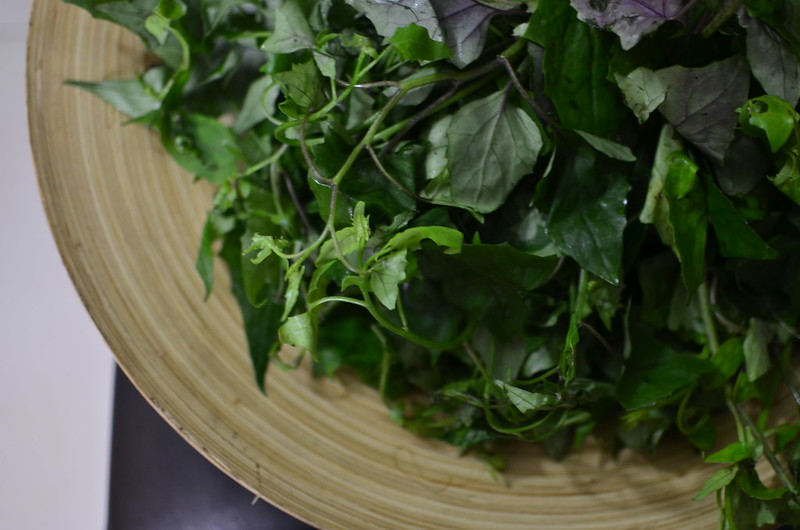
Nigerian name: Wòròwó
Genus/Latin name: Solanecio Biafrae
Other names: bologi (Sierra Leone)
Season: All year round
Provenance: Occurs naturally in the forest zone from Guinea to Uganda – West of Nigeria, Ghana, Benin, Sierra Leone . It is cultivated on a small scale only, mainly in Nigeria and Cameroon.
Uses/products: it can be cooked, an extract from the leaves is commonly used for medicinal purposes to stop bleeding from cuts and injuries; as well as a treatment of sore eyes. It is also said that the leaf is also used to treat cough, rheumatic pains and heart troubles. The Yoruba culture also believes that the leaf can be used to ward off smallpox; Source – Scrumptious Bites
Shape & Size: The leaves have somewhat serrated edges, and remind me of ivy. Or is that just me?
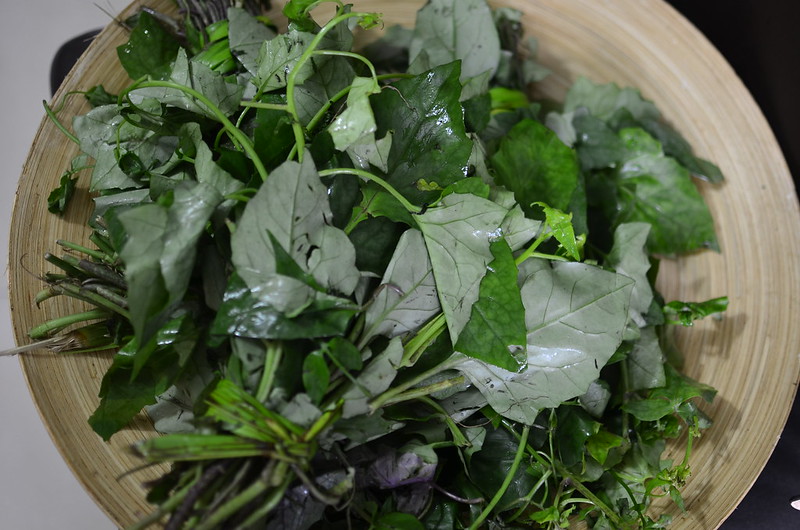
Appearance: In south-western Nigeria, Solanecio biafrae occurs in two distinct types: plants with purple stems and plants with green stems; Source – Prota
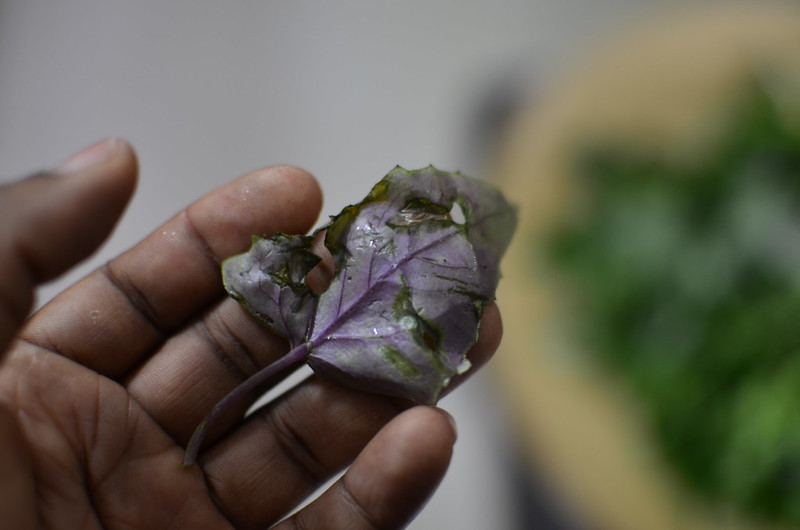
Taste/ Texture profile: Soft, sweet with a peculiar scent. I can’t put a finger of what it reminds me of but it is delightful.
Preparation: Blanched/ steamed in boiling water, plunged in cold water to refresh then water gently squeezed.
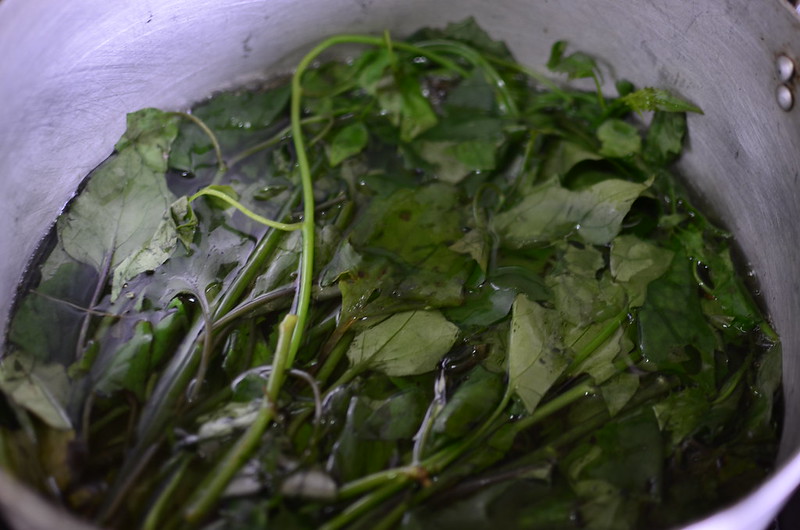
Some rinse a few more times in cold water to remove ‘ mucilage’ but I didn’t experience any sliminess and so didn’t do that.
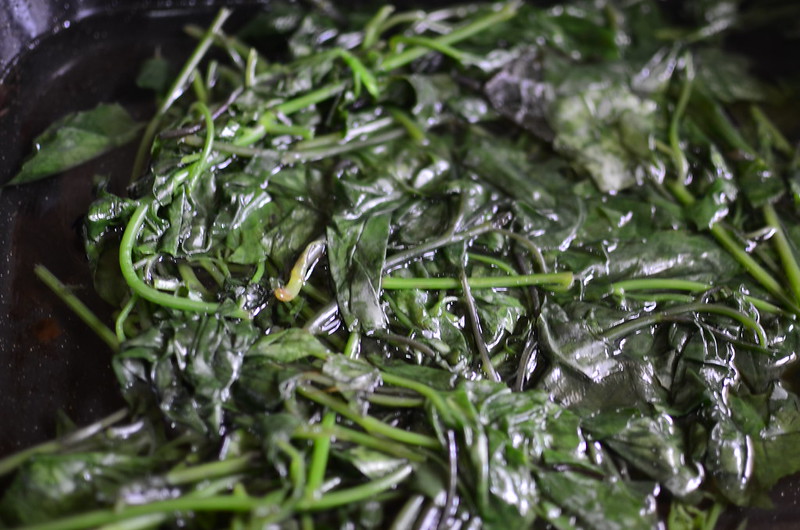
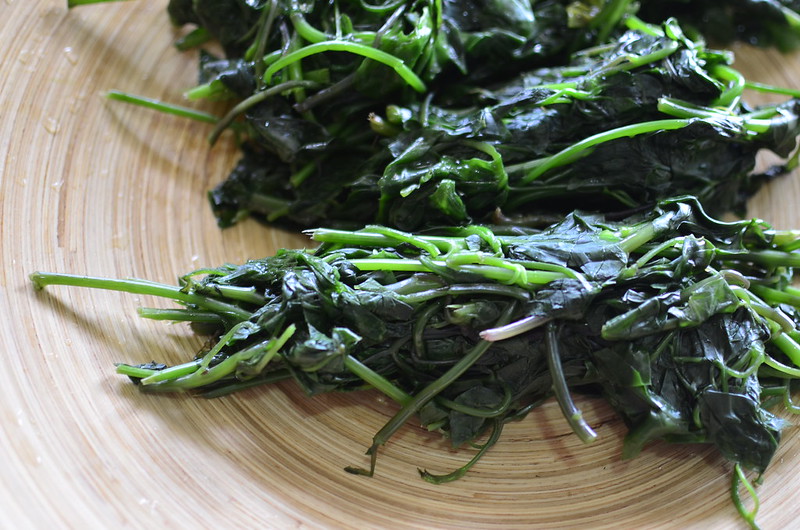
The final step is chopping up for use.
Storage: I froze a small portion – I want to see the impact of freezing on the taste/ texture.
Are you a fan? What’s your favourite way to enjoy it?
[wpurp-searchable-recipe]Wòròwó: Discovering New Greens – – – [/wpurp-searchable-recipe]

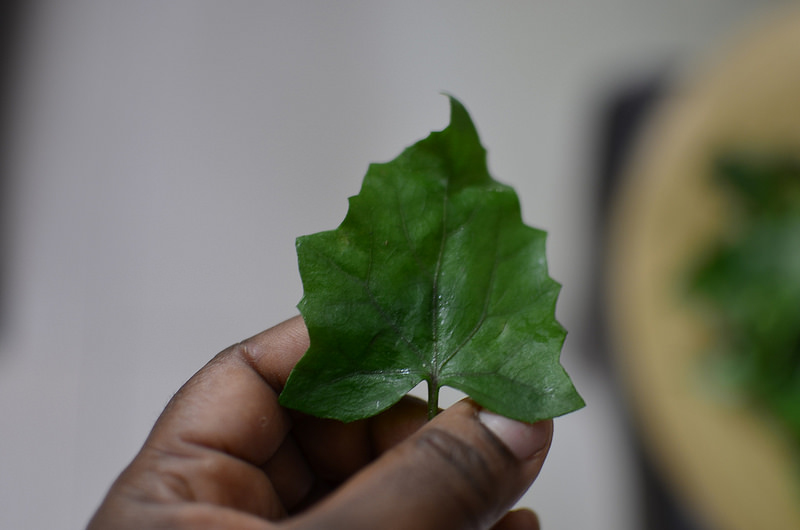

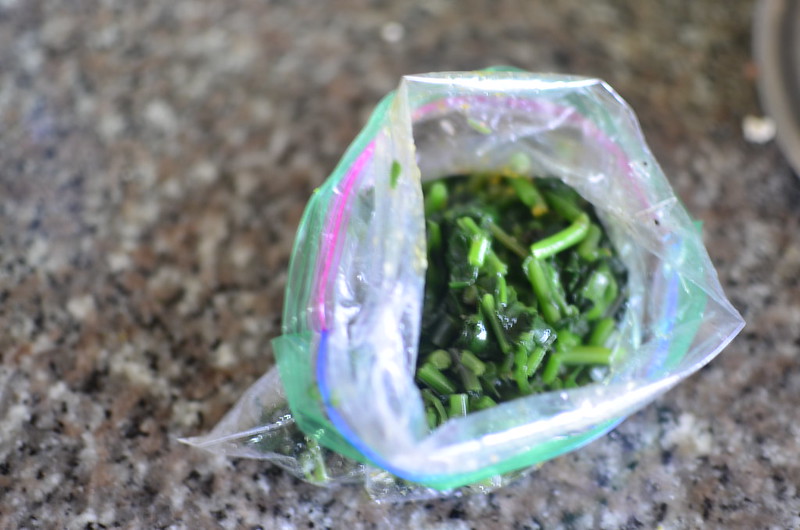
Leave a Reply